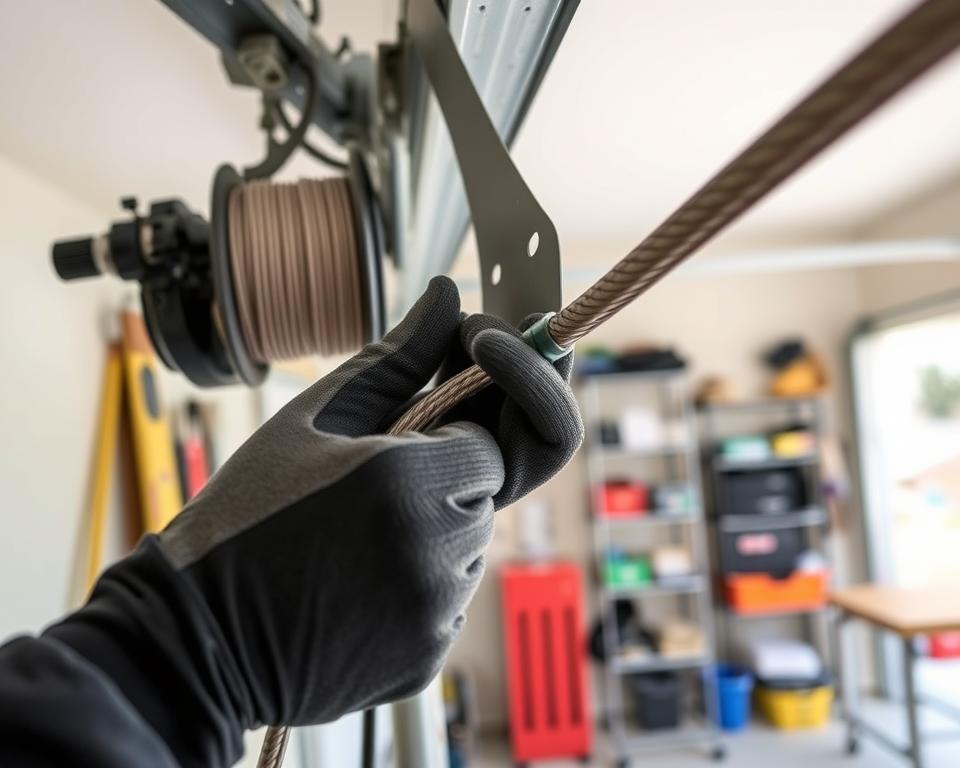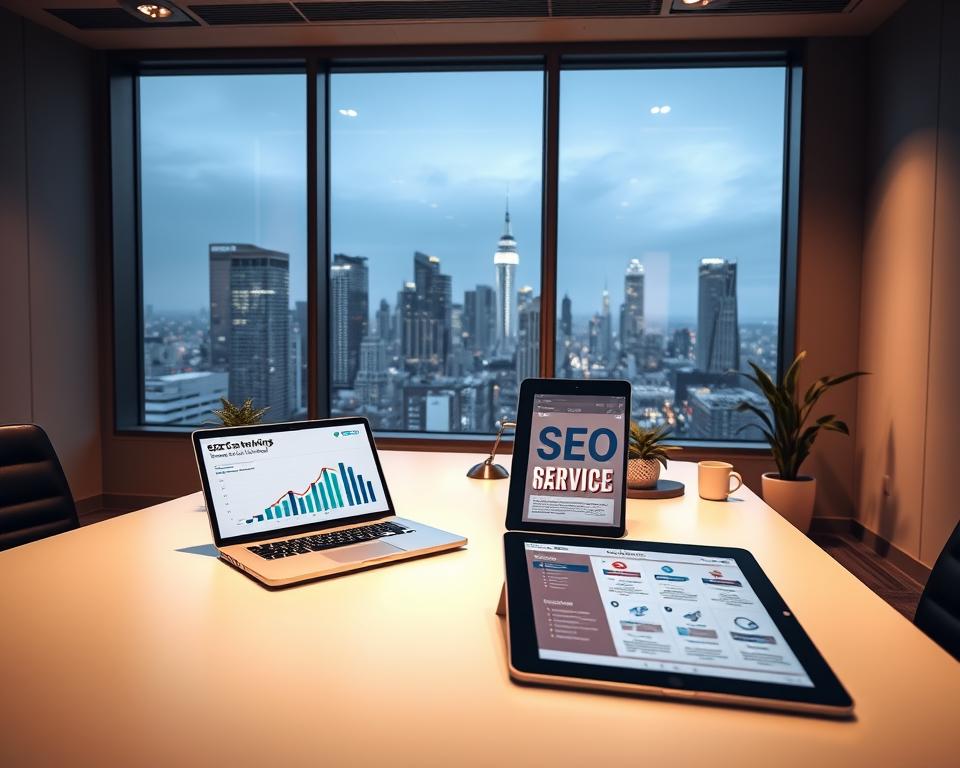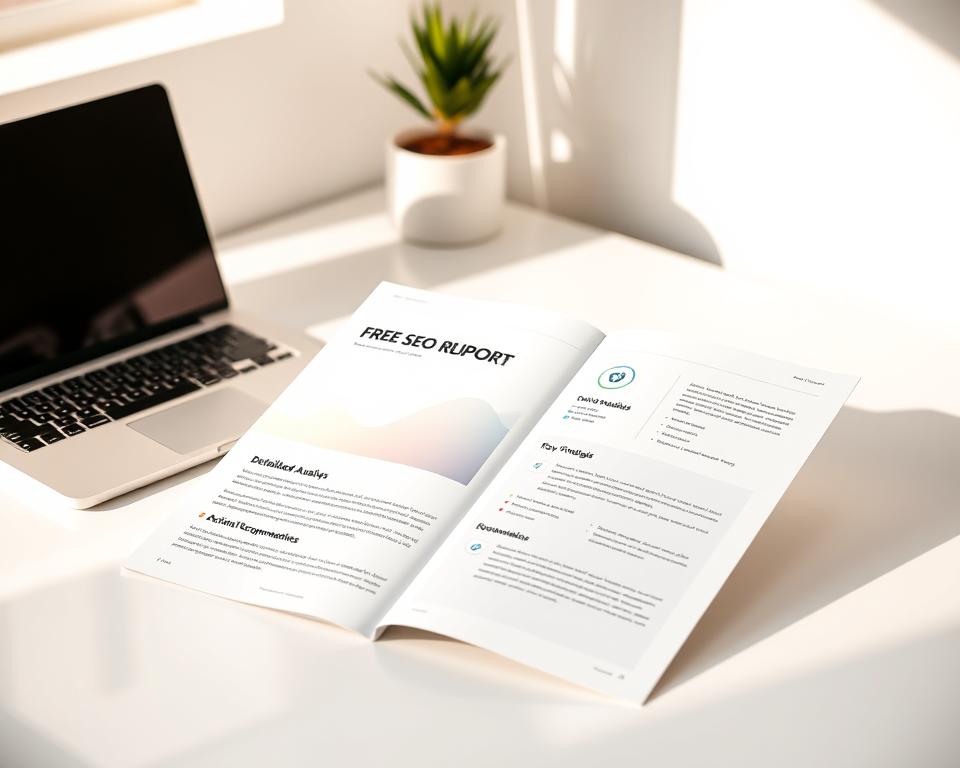Garage Door Cable Mending in Huntington Beach – Skilled Support
Have you considered how vital your garage door cables are for your home’s operation and safeness? At Coastline Garage Doors, we’re adepts in servicing garage door cables in Huntington Beach to ensure your door performing smoothly and without risk. A malfunctioning garage door can hinder your daily life and even cause risks. Our reliable garage door support in Huntington Beach works toward quick, expert restorations that secure your residence and give you serenity. Rely on us to make sure your garage door performs excellently, because neglecting tiny cable issues can bring about larger issues with garage door cable repair.
Major Takeaways
- Comprehending the essentiality of garage door cables is critical for safety.
- Prompt restoration can prevent more significant concerns and guarantee smooth functionality.
- Selecting experts like Coastline Garage Doors ensures expert service.
- Routine servicing is key to prolonging the life of your garage door.
- Immediate help are accessible for pressing restoration necessities.
Comprehending Garage Door Cables
Garage door cables are crucial for the safe and efficient operation of garage doors. They function alongside springs to guarantee the door’s stability and effortless movement. Grasping how garage door cables work is crucial to understanding the garage door cable mechanisms’ value.
What Are Garage Door Cables?
Garage door cables are durable, flexible lines that link the door to the opener assembly. Made from high-quality steel, they handle the door’s mass and stress. They are vital for lifting and lowering the door smoothly, making garage access simple. Learning about raising and security cables helps comprehend their function in garage door mechanisms.
The Role of Cables in Garage Door Performance
The performance of garage doors relies heavily on garage door cables. When the door is closed, these cables preserve tension by anchoring it to the springs. This stress makes raising the door effortless. Deterioration to the cables can lead to the door to malfunction and present dangers. It’s crucial for homeowners to preserve their garage door cable systems for trustworthy performance.
Symptoms You Need Garage Door Cable Restoration
Recognizing cable malfunction in your garage door setup is essential to preventing serious deterioration and ensuring security. Understanding when to restore garage door cables is crucial for preserving your garage doors protected and functional. Here are typical symptoms that signal your cables need prompt care.
Frequent Symptoms of Cable Breakdown
- Odd sounds, such as scraping or screeching noises, while the door works.
- The garage door fails to open or close fully, signaling a issue with the cable tension.
- Observable marks of wear, such as damaged or snapped cables, which necessitate quick servicing.
- A noticeable imbalance where one side of the door seems to be unbalanced during operation.
Why Prompt Fix is Essential
It’s vital to deal with cable breakdown symptoms immediately. Overlooking impaired cables can result in worse problems, including total door breakdown or incidents. Regular maintenance of garage door cables prolongs your system’s durability and secures security for all users. By responding quickly when you detect these symptoms, you can avoid pricey restorations and ensure your garage door’s durability.
What to Anticipate During a Garage Door Cable Fix
Comprehending the garage door fix procedure offers homeowners reassurance when they need cable fix. A variety of professional methods is used to guarantee protection and efficiency. This starts with initial inspections for cable repair, checking if the garage door mechanism is functioning correctly.

Assessing the Condition
Technicians begin by performing detailed evaluations for cable repair. They examine the cables, springs, and other components. They also verify that all protection precautions are in place, like relieving spring strain. This step lessens the danger of injury during the restoration.
Fix Method Overview
After the assessment, the restoration procedure starts. Technicians substitute any impaired cables, keeping the garage door’s working in mind. This involves:
- Extracting the old cables
- Setting up new cables with precision
- Checking the door’s functioning to guarantee a seamless function
These steps illustrate the commitment of expert cable fix services to quality work. Homeowners can count on the technicians’ knowledge, understanding they are in competent hands during the fix.
Garage Door Cable Fix in Huntington Beach
In Huntington Beach, residents can count on Coastline Garage Doors for garage door cable repair. This nearby company shines due to its deep understanding of garage door systems and a strong devotion to customer contentment. By choosing nearby garage door help, homeowners experience timely and consistent assistance. This ensures their garage doors function protectedly and effortlessly.
Nearby Expertise at Coastline Garage Doors
Coastline Garage Doors combines technical skill with community participation. Their technicians are knowledgeable in the particular issues experienced by garage doors in the area. This allows them to offer customized resolutions for each restoration need. Their community-based expertise improves their ability to deliver efficient and efficient service.
Our Dedication to Excellent Service
Excellent is the foundation of every garage door restoration at Coastline Garage Doors. Technicians use top-grade parts and conduct comprehensive assessments. This secures fixes meet trade requirements. Their commitment to excellence builds customer trust and fosters durable bonds within the neighborhood.
The Value of Skilled Cable Repair Help
Repairing garage door cables might seem easy, but DIY endeavors can result in unanticipated problems. Many homeowners underestimate the complexity, facing security hazards, costly mistakes, and serious damage to the door setup.
Risks of DIY Restorations
Without the right expertise, repairing garage door cables can be perilous. The hazards include:
- Injury from faulty equipment or collapsing parts.
- Unintended disease or harm to the garage door, requiring more widespread repairs.
- Poor implements or techniques that can aggravate existing troubles.
Advantages of Employing Professional Technicians
Professional garage door help offer substantial perks:
- Skilled Expertise: Experienced technicians grasp the complexities of garage door setups, guaranteeing fixes are done correctly.
- Specialized Implements: Experts have the right implements for safe and successful restorations.
- Effort Efficiency: Letting specialists handle restorations conserves homeowners time and effort, allowing them to concentrate on other tasks.
Hiring professional garage door technicians secures security and dependability, lessening dangers and prolonging the durability of the garage door system. Selecting expert help for cable problems is a wise financial and practical decision.
Garage Door Cable Substitution Help
The state of your garage door’s cables is crucial to its working. Sometimes, just fixing the cables isn’t enough. In serious cases, you might need to exchange the garage door cables Huntington Beach due to substantial deterioration or damage. Detecting these problems early can avoid more significant troubles and keep your garage door mechanism protected.
When Substitution is Essential
Over time, cables can suffer from unraveling, corrosion, or even snap due to constant strain and operation. Look out for these symptoms:
- Observable damage on the cables
- Odd noises during functioning
- Inconsistent door operation
Mending these troubles immediately can avert expensive fixes later. Knowing when to substitute garage door cables is key to preserving your system protected and operating well.
High-Quality Parts We Use
At Coastline Garage Doors, we concentrate on using high-quality parts for your garage doors. Our choice of substitute cables is based on their longevity and operation. This guarantees your garage door mechanism endures longer, handling everyday use with ease.
Whether you need a total improvement or just cable exchanges, choosing Coastline means reassurance. Our dedication to using the best parts demonstrates our devotion to outstanding help.
Emergency Garage Door Restoration Assistance
Urgencies can happen without alert, leaving you in urgent need of immediate garage door resolutions. Coastline Garage Doors knows the stress of a malfunctioning door in pressing circumstances. Our team is dedicated to delivering emergency garage door fix Huntington Beach whenever you need it, day or night.
When You Need Immediate Support
A jammed garage door presents safety risks and is a serious hassle. Our critical garage door help are crafted to deal with these issues quickly. We prioritize your needs, guaranteeing every circumstance is dealt with with utmost effectiveness. With a easy call, you can reach with our expert team ready to tackle your garage door troubles quickly.
Availability of Our Technicians
Our technicians are on alert 24/7 for garage door help, so support is never far away. Each technician is extremely qualified and outfitted with the equipment needed for any urgent restoration. Coastline Garage Doors is pleased of our ability to offer rapid response times, helping you get back to your daily life as soon as possible.
Proactive Garage Door Cable Servicing
Preserving garage door cables in Huntington Beach is crucial for their durability and best functioning. Preventive maintenance is crucial to preventing surprise breakdowns and costly fixes. Regular checks and quick alterations are critical for guaranteeing cables operate correctly and safely.
Periodic Examinations and Alterations
Routine checks help spot issues before they escalate. Here are some proactive upkeep tips:
- Check for damage on cables regularly to catch fraying or unraveling before they lead to malfunction.
- Guarantee cable tension is consistent by checking if both sides are straight and taut.
- Examine pulleys and rollers for effortless working, as any hindrance may affect cable performance.
- Clean dirt from tracks to keep effortless operations and reduce stress on cables.
Tips for Homeowners
Homeowners should be vigilant in their strategy to garage door cable maintenance. Here are some recommendations:
- Schedule regular garage door examinations with qualified specialists to secure best performance.
- Grease moving parts, including cables, to minimize friction and wear.
- Teach family members about appropriate garage door usage to avoid excessive stress on cables.
- Document any changes or incidents related to the garage door’s operation for future reference during upkeep checks.
Your Garage Door Technician in Huntington Beach
Picking a garage door technician in Huntington Beach is essential for your garage door’s lifespan and functionality. At Coastline Garage Doors, our team undergoes rigorous training. They are geared up to handle a wide spectrum of issues, including those with garage door cables. Their expertise ensures customers receive service that meets their specific needs.
Proficiency and Training
Our technicians have extensive knowledge in garage door servicing. They keep up-to-date of the latest trade techniques and technologies. This skill set allows them to accurately identify and solve problems. Our commitment to excellence ensures customer satisfaction, making clients secure in our work.
Client Satisfaction and Testimonials
Customer feedback is vital to us. Many in Huntington Beach have shared constructive reviews of our services. They praise our professionalism, efficiency, and quality repairs. These testimonials emphasize our commitment to delivering superior service to every client.
Cost Considerations for Cable Repair and Replacement
Comprehending the cost of garage door cable repair in Huntington Beach is key for homeowners. It helps in making wise decisions about maintenance and unexpected repairs. Several factors affect the pricing, including material quality, labor costs, and the extent of damage. Knowing these aspects aids in practical budgeting for garage door services.
Factors Influencing Costs
The cost of garage door cable repair in Huntington Beach varies based on several elements:
- Kind of Materials: Top-grade cables and parts may increase initial costs but offer better lifespan.
- Labor Costs: Professional service rates differ due to regional pricing and technician experience.
- Extent of Damage: Significant damage might require more than just cable replacement, affecting overall costs.
Budgeting for Garage Door Maintenance
Efficient budgeting for garage door services is vital. It prepares homeowners for routine maintenance and unexpected issues. To maintain affordability without compromising quality, consider these strategies:
- Set up a dedicated maintenance fund for repairs.
- Look for affordable garage door repairs through local promotions or deals.
- Regularly schedule inspections to address minor issues before they escalate.
In Summary
Timely garage door cable repairs are vital for your door’s functionality and safety. A well-maintained system boosts convenience and extends your garage door’s lifespan. Opting for a trusted service like Coastline Garage Doors guarantees top-notch repairs and replacements.
Investing in garage door care in Huntington Beach prevents future hassles and expensive fixes. Our skilled technicians are ready to tackle any problem, providing solutions that fit your home’s needs. With our help, you can rest assured your garage door is in expert hands.
For any garage door needs, from regular upkeep to urgent repairs, Coastline Garage Doors is here to help. Whether it’s cable issues or a routine check, our dedication to customer satisfaction and expertise stands unmatched. Contact us today and see the difference for yourself.









